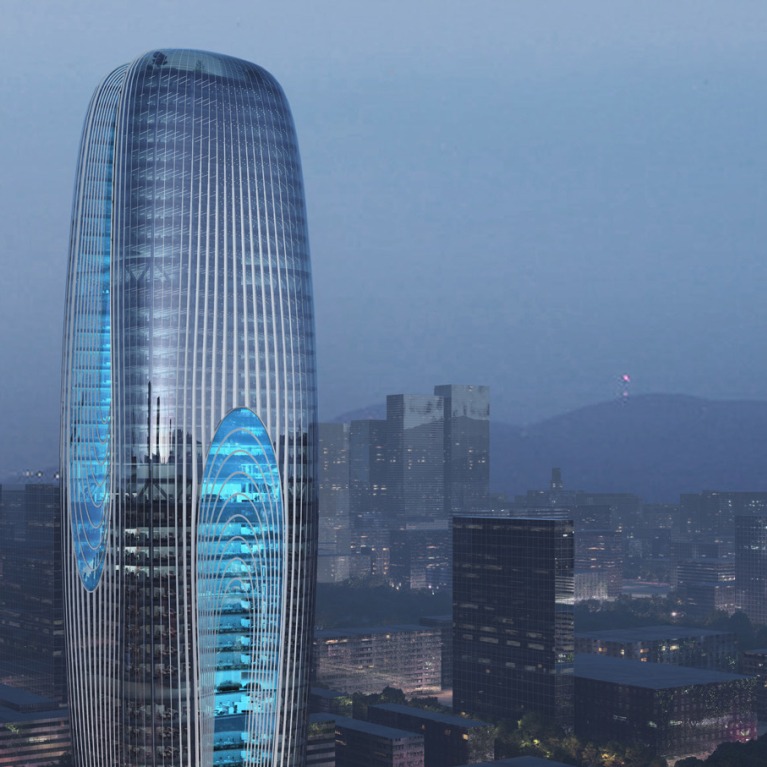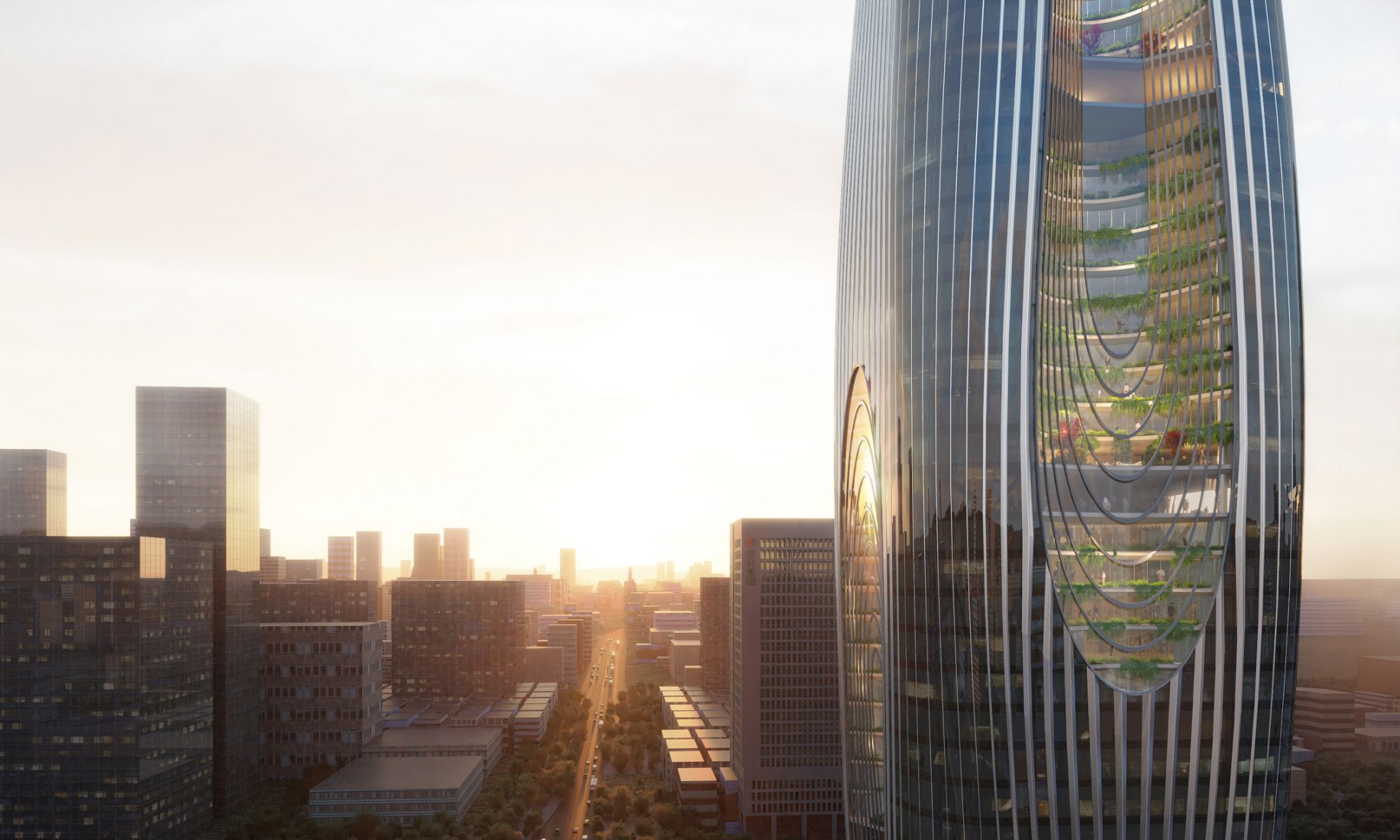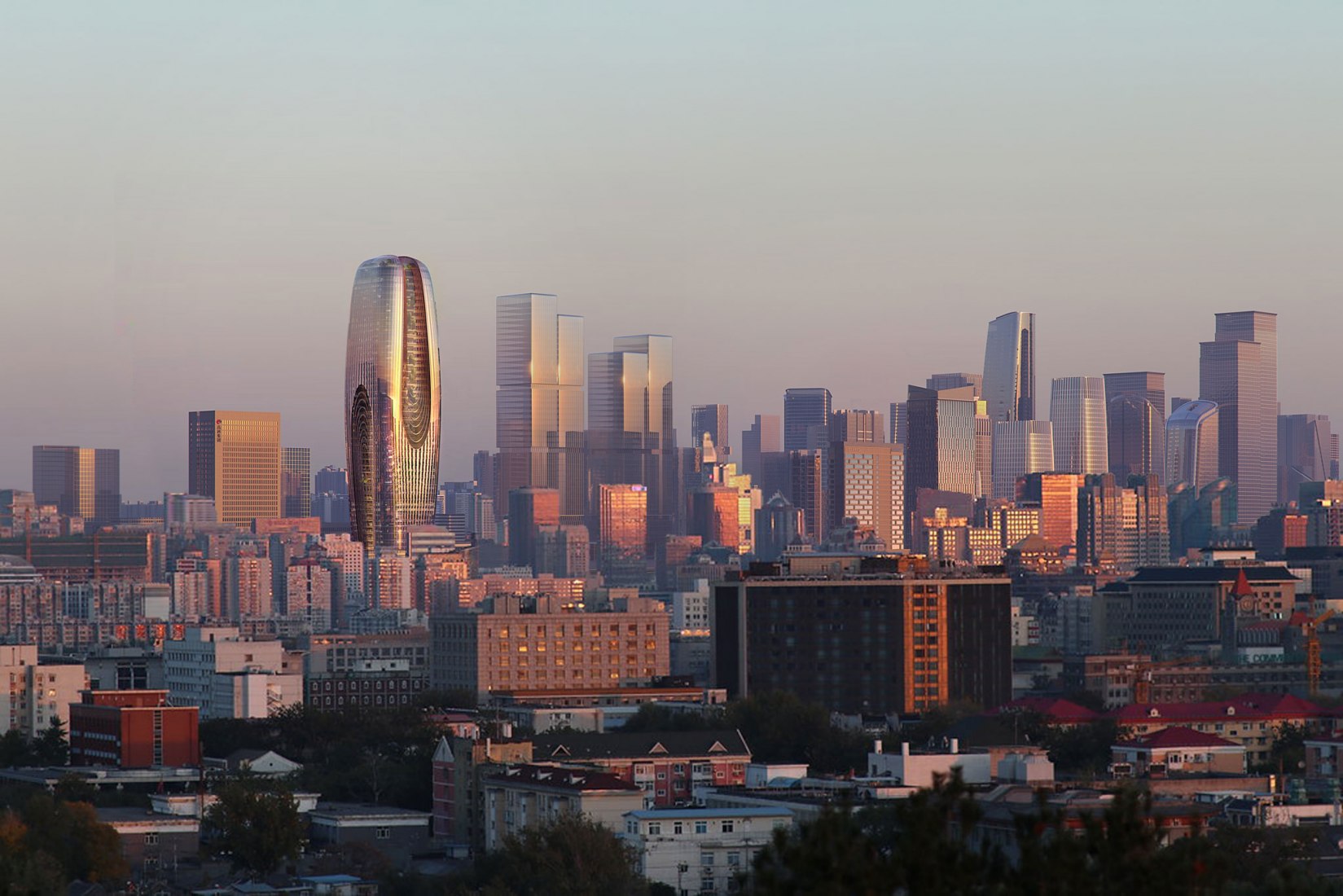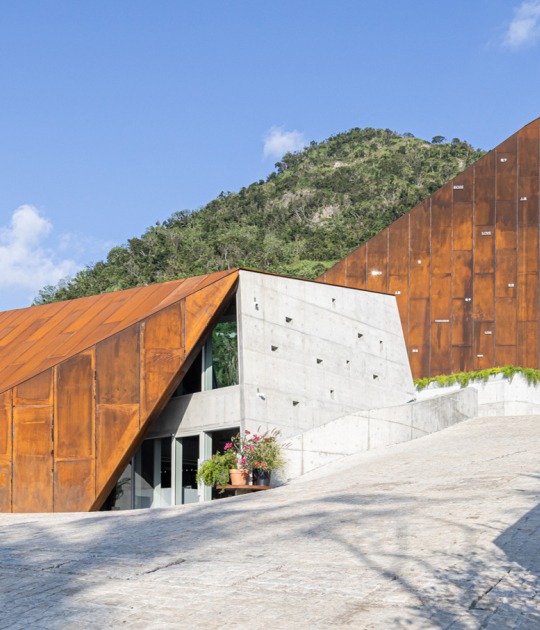Pointing out the center of the business district, Daxia Tower emerges with a gently curving silhouette accentuated with patterned glazing and grand atriums that flood the interior with natural light. Creating a cascade of planted interior terraces, that echo mountainside waterfalls, these atriums offer stunning views of the historic city to the north and east and the burgeoning high-tech zone to the south and west.
Designed with data analytics and behavior modeling, the tower’s interiors prioritize adaptable and future-proofed workplaces, leveraging real-time analytics to create healthy and enjoyable environments that will enhance employees' individual and overall well-being.
Within Xian's temperate continental monsoon climate, Daxia Tower's design targets LEED Gold certification and the highest three-star rating of China's Green Building Program. Optimizing natural daylighting and ventilation using high-performance low-emissivity, unitized glazing with a thermal coating and insulated for low U-values to reduce energy demand and enhance efficiencies, the tower's responsive facade with integrated sensors will include photovoltaics to enable renewable energy generation to power various systems within the building.

Daxia Tower by Zaha Hadid Architects. Rendering by Atchain.
Incorporating natural ventilation, the large atriums will allow fresh air to circulate through the building. Planting on the many layers of terraces overlooking the atriums helps purify the air, reduce indoor pollutants, and foster a healthier indoor environment.
A rainwater harvesting system will collect and store rainwater as a supplementary source of non-potable water, while the recycling system will treat and reuse greywater to further reduce the building's water consumption.
A smart management system will continuously monitor and optimize energy consumption and environmental performance. Sensors and automation throughout the tower will recognize patterns in occupancy and adjust interior conditions accordingly, in addition to adapting to changing weather conditions to ensure maximum efficiency and occupants' comfort.
The tower's procurement and construction will prioritize the use of recycled and locally-produced materials from the city of Xian and surrounding Shaanxi province.

























